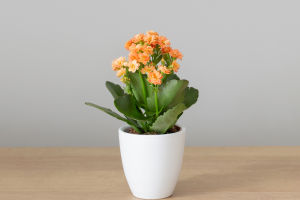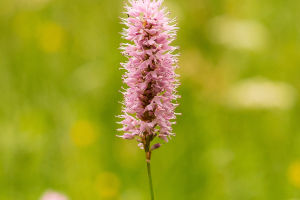Trifolium pratense, commonly known as red clover, is a flowering plant that belongs to the legume family, Fabaceae.
Known for its vibrant pinkish-red flower heads and its importance in both agriculture and traditional medicine, red clover has many benefits and interesting characteristics.
Physical Characteristics
Red clover grows up to 20–80 centimeters tall, featuring branching stems covered in fine hairs. Its leaves are trifoliate, meaning they are divided into three leaflets. These leaflets are oval-shaped, with a distinctive white "V" mark that appears across the top surface. The flowers of Trifolium pratense are arranged in dense, round clusters and can range in color from pink to purple, making them a striking addition to fields and meadows. The plant typically blooms from late spring to early fall, attracting bees, butterflies, and other pollinators.
Role in Agriculture
One of the most important roles of red clover lies in its contribution to sustainable agriculture. As a nitrogen-fixing plant, it can improve soil fertility. Through a symbiotic relationship with soil bacteria, red clover converts atmospheric nitrogen into a form that plants can use. This natural process reduces the need for synthetic fertilizers, making red clover an essential cover crop for organic and eco-friendly farming practices. Additionally, it helps prevent soil erosion and enhances soil structure, benefiting the overall health of the land.
Medicinal Uses and Health Benefits
Red clover has been used for centuries in traditional medicine, and its health benefits continue to be explored today. The flowers of Trifolium pratense contain isoflavones, which are plant-based compounds that mimic estrogen in the body. Because of this, red clover is often used as a natural remedy to alleviate symptoms of menopause, such as hot flashes and night sweats.
Culinary Uses
While not as widely known for culinary applications, red clover blossoms can be used in a variety of dishes. The flowers are edible and can be added to salads for a splash of color and a subtle, sweet flavor. They can also be used to make herbal tea, which is both refreshing and beneficial for health. Some people even use dried red clover flowers in baked goods or as a garnish for soups and beverages.
Environmental Importance
Trifolium pratense is an important plant for wildlife. It provides a valuable source of nectar for bees, particularly bumblebees, which rely on red clover as a food source. By supporting pollinators, red clover plays a crucial role in maintaining biodiversity and promoting healthy ecosystems. Planting red clover in gardens and fields can contribute to the conservation of these essential insects, which are vital for pollinating crops and wild plants.
Trifolium pratense, or red clover, is a versatile and valuable plant with a wide range of benefits. From enhancing soil health and supporting sustainable agriculture to offering potential health benefits and contributing to biodiversity, red clover is truly a remarkable species. Lykkers, whether you encounter it as a colorful wildflower or use it in herbal remedies, this humble plant continues to make a significant impact on both nature and human well-being.
Identifying and Using Red Clover, Trifolium pratense.
Video by Awaken Nature Healing


